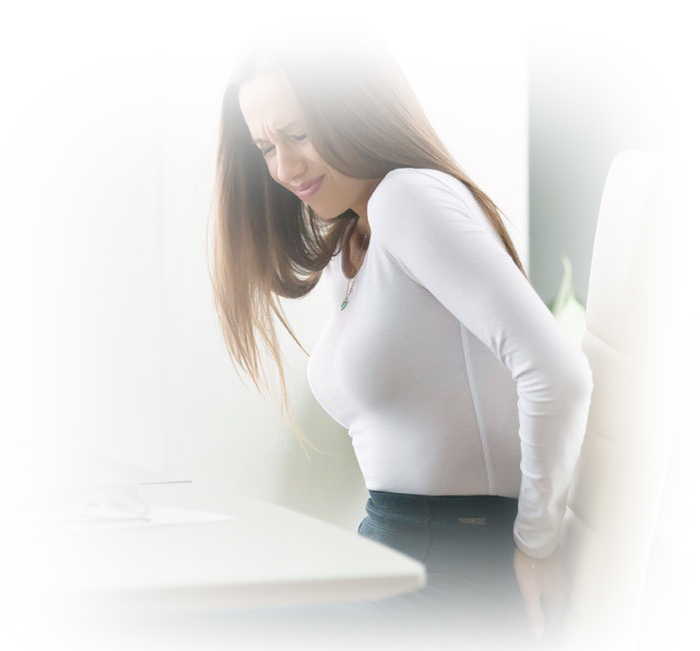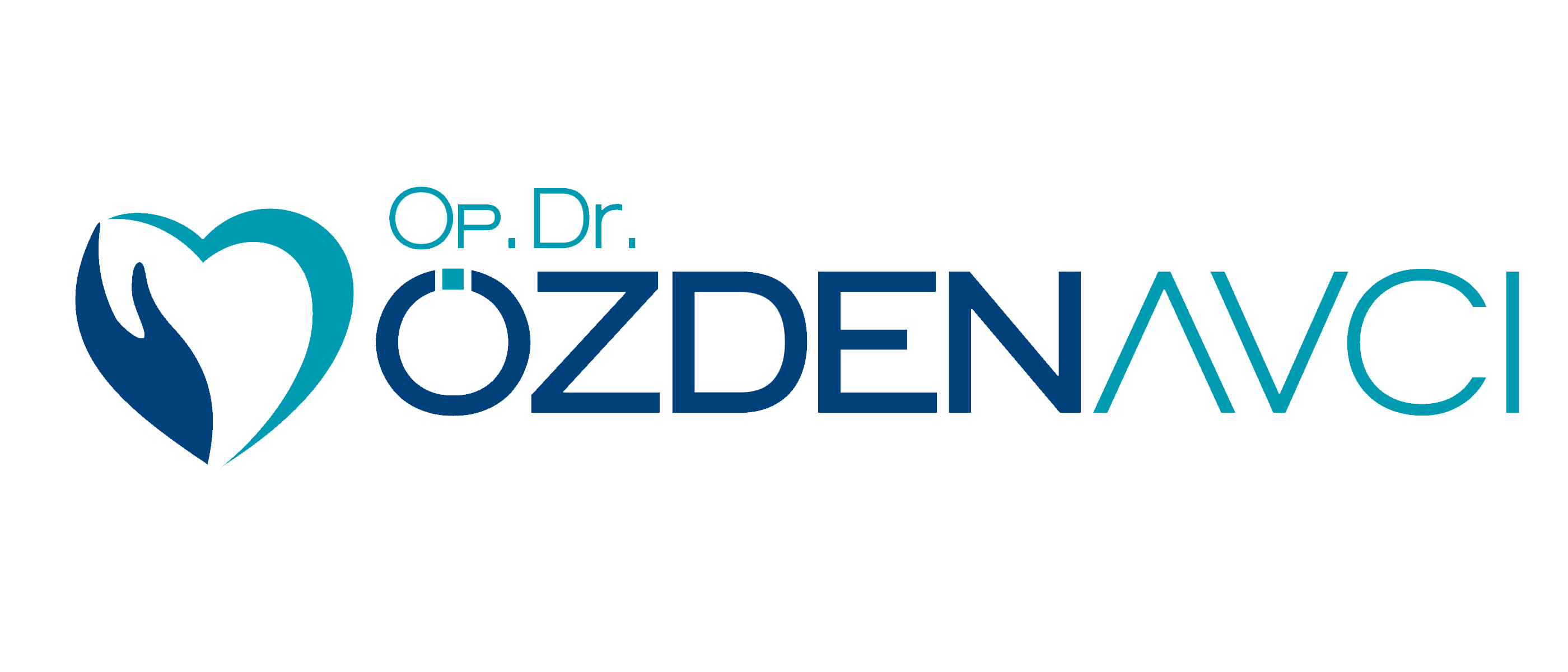Hemorrhoids
Hemorrhoids are enlarged vascular cushions in the upper part of the anal canal. It is also colloquially known as piles. It is classified into internal and external hemorrhoids. Over time, along with the underlying causes, enlarged balls and vascular cushions that settle in the anal canal protrude out of the anus. There is a transition ring (dentate line) located about 2 cm proximal to the anal verge (anal opening), between the inner layer of the intestinal wall and the outer skin layer of the anus. The cushions hanging from the upper part of the dentate line level are called internal hemorrhoids, while those hanging from the lower part are called external hemorrhoids.
What Causes Hemorrhoids?
- Changes in bowel habit, chronic constipation and persistent diarrhea
- Pregnancy and childbirth,
- Sedentary life,
- Some sports activities ( horseback riding, cycling ),
- Alcohol habit,
- Tumors that settle in the pelvic region, ascites formation in the abdomen,
What are the Symptoms of Hemorrhoids?
- Painful or painless bleeding during defecation,
- Pain in the anus and palpable swelling,
- Discharge, feeling of wetness in the anus,
- Itching
These complaints that develop in the anus area can be the symptoms of hemorrhoids but they may also indicate cancer, tumor and colitis diseases of the large intestine. The patient should not slur over the above mentioned complaints at his/her option or based on the recommendation of those who are not a doctor; by thinking that these common complaints are caused by hemorrhoids. They should definitely contact a GENERAL SURGERY SPECIALIST.

HOW IS IT DIAGNOSED?
It is an indispensable examination for the diagnosis of hemorrhoids. After the patient’s complaints are listened to, the examination is completed when the patient is in the prone position, on the left side with knees bent to his chest, or in the knee-elbow position on the examination table. In order to evaluate the last 6-8 cm of the large intestine, a method called rectal palpation is performed by using a finger. Colonoscopy is recommended for patients with the complaints of rectal bleeding.
Degrees of Hemorrhoids:
a) 1st degree: The anal cushions are less pronounced
b) 2nd degree: The anal cushions prolapse through the anus during defecation and then return to the previous position spontaneously. It may cause complaints of itching and bleeding in the anus
c) 3rd degree: The anal cushions prolapse through the anus during defecation, and they can be manually pushed back into the anal canal;
d) 4th degree: The anal cushions cannot be pushed back manually.
WHAT IS ITS TREATMENT?
Non-surgical treatment procedures
1. Band ligation: It ensures that the hemorrhoid piles dry out and fall out as a result of the disruption of vascular nutrition by compressing them with rubber bands. It is performed for internal hemorrhoids. It is not performed for external hemorrhoids due to the pain sensitivity of the skin around the anus.
2. Sclerotherapy: It is the procedure that involves drying the hemorrhoid piles by injecting a sclerosant into the anal cushions. Its place in treatment is limited and inadequate
3. Infrared coagulation: It contributes to the drying of the hemorrhoid piles by applying infrared rays to their vascular roots. It can be performed for 2nd degree hemorrhoids, and a few sessions may be required. The recurrence rate is high after treatment
b-) Surgical Procedures
1) Classical hemorrhoid surgery: Hemorrhoid piles are surgically removed, a node is placed in the vein that feeds the hemorrhoid piles, and the recurrence rate is minimized (I also loosen the muscle that works out of control, called the internal sphincter, around the anus, by cutting it partial. Thus, I improve post-operative comfort, while contributing to reducing the recurrence of the disease.)
2-Longo (stapler) hemorrhoidopexy: 1 to 2 cm of hemorrhoid piles that formed 4 to 5 cm above the anal canal are compressed and removed using a special stapler. Although it provides less pain and allows for earlier return to work, it is more costly and has a higher recurrence rate compared to the classical procedure.
In 1st degree with hemorrhoids of the, recommendations on nutrition and toilet habits may be sufficient.
In 2nd-3rd degree hemorrhoids, drug therapy and recommendations on nutrition and toilet habit can be sufficient.
A classic surgical procedure and longo techniques can be preferred in 4th degree hemorrhoids (for a long-term and effective result, I use the classic surgical procedure).
POINTS TO TAKE INTO CONSIDERATION AFTER THE OPERATION
A 1-night hospital stay is required after surgery. After discharge, it is necessary to use the prescribed medications regularly, in accordance with the prescription.
There may be bleeding and leakage in the rectum for 1 to 2 weeks.
The use of stool softening drugs for a period of about 1 month improves the comfort of postoperative defecation. For a period of 15 to 20 postoperative days, it is necessary to take a sitz bath in the morning, evening and after defecation, by putting hot water in the tub or basin at a temperature that will not burn the anus. This both serves as a wound dressing and contributes to reducing the feeling of pain around the anus. Sitz bath gives an effective result that cannot be achieved by applying hot water bag or hot water shower.
In order to keep the recurrence rate of the disease at the minimum level, it is recommended to consume plenty of fibrous foods, drink 6 to 8 cups of water a day, consume fruits and vegetables abundantly, avoid delaying defecation and sitting in the toilet for a long time both in the early postoperative period and in the later period of life

Legal warning
This website is not intended to provide medical services, but to give information about the treatment procedures that we perform. The information available on the website has not been provided for use in the diagnosis or treatment of diseases. The responsibility arising from the use of the information in our website content for the purpose of diagnosis and treatment belongs to the visitors of the website.
Contact
Address: Küçükbakkalköy, QBMED Plaza, Işıklar Cd. No:37, 34750 Ataşehir/İstanbul
Phone: +90 (532) 228 33 60
Working Hours:Weekdays: 09:00 – 17:00, Saturday: 09:00 – 13:00
